Owls have captivated humans for millennia with their silent flight, haunting calls, and mysterious nighttime habits. These remarkable birds of prey possess extraordinary adaptations that make them perfect nighttime hunters, from their asymmetrical ear placement that creates surround-sound hearing to their specialized feathers that muffle flight sounds. International Owl Awareness Day celebrates these incredible creatures and reminds us why protecting their habitats is vital to ecosystem health.
Whether you’re a seasoned birder or simply curious about these fascinating nocturnal predators, owl-watching offers unforgettable wildlife encounters. Here is a list of 14 epic owl-watching destinations around the world where you can witness these magnificent birds in their natural habitats.
Yellowstone National Park, Wyoming

Yellowstone hosts one of North America’s most impressive Great Gray Owl populations, particularly in the park’s northern regions. These massive owls, standing nearly three feet tall, hunt meadow voles in the park’s grasslands during dawn and dusk hours.
The Lamar and Hayden Valleys provide excellent viewing opportunities, especially during winter when these normally elusive birds become more visible against snowy landscapes.
Churchill, Manitoba
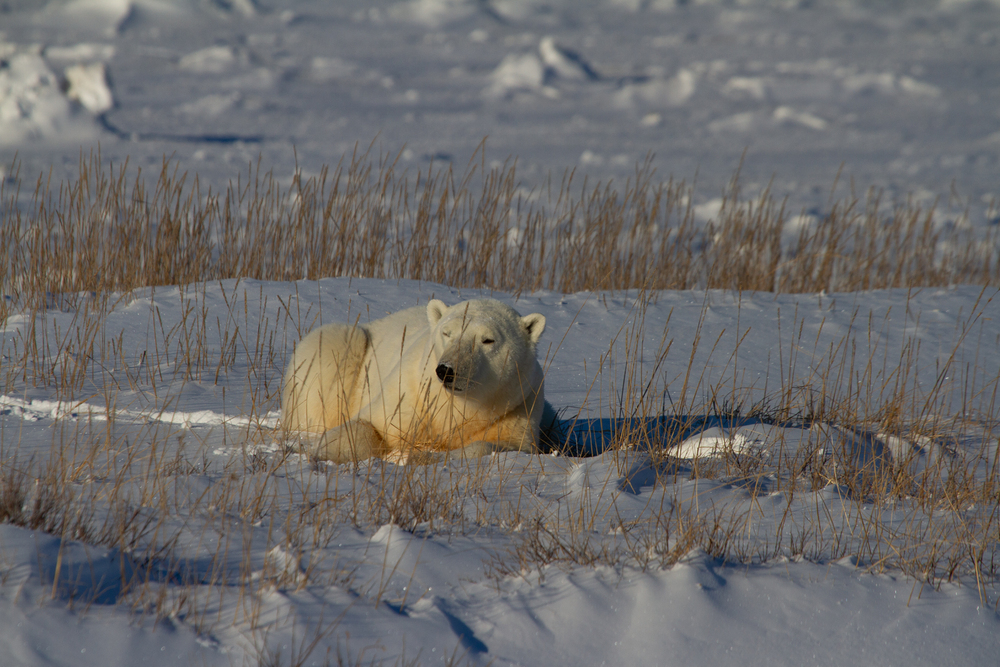
This remote Canadian town transforms into an owl-watcher’s paradise during the winter months when Snowy Owls migrate south from the Arctic tundra. The stark landscape around Churchill resembles their natural habitat, attracting dozens of these magnificent white raptors to fence posts and low perches.
Local guides know the best spots along the town’s perimeter roads where these Arctic visitors rest between hunting sessions.
Like Travel Pug’s content? Follow us on MSN.
Norfolk Broads, England

England’s wetland wonderland offers some of Europe’s best Barn Owl viewing opportunities throughout the year. These ghostly white birds hunt over reed beds and grasslands, often visible just before sunset as they patrol their territories.
The flat terrain and network of waterways create a perfect habitat for small mammals that attract these silent hunters to the area.
Point Pelee National Park, Ontario
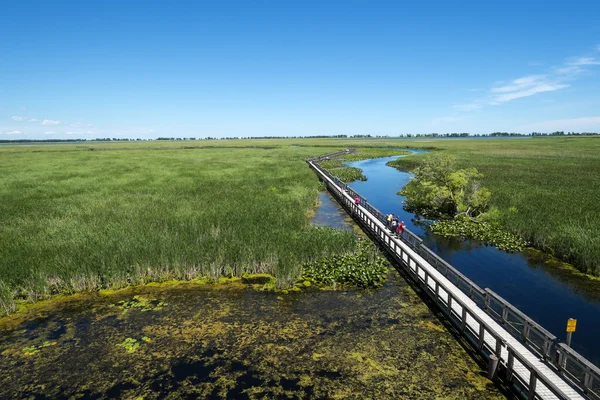
Canada’s southernmost point serves as a crucial stopover for migrating owls and hosts year-round residents across multiple species. Long-eared Owls roost in dense woodlands during winter, while Short-eared Owls hunt over the park’s grasslands and marshes.
The park’s location along a major migration flyway means seasonal surprises like Northern Saw-whet Owls or occasional rarities.
Bosque del Apache, New Mexico
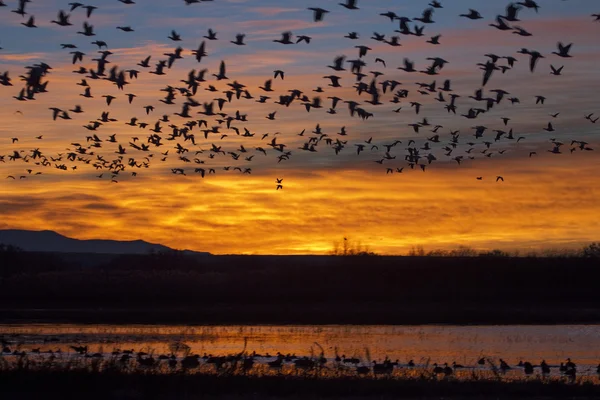
This wildlife refuge in the Rio Grande Valley provides exceptional Burrowing Owl habitat in its desert grasslands and agricultural areas. These ground-dwelling owls nest in prairie dog burrows and hunt during daylight hours, making them easier to observe than most owl species.
The refuge’s driving loop offers multiple viewing opportunities to spot these comical, long-legged owls perched on fence posts and irrigation equipment.
Like Travel Pug’s content? Follow us on MSN.
Denali National Park, Alaska

Alaska’s crown jewel wilderness hosts several Arctic owl species that thrive in the park’s vast tundra landscapes. Great Horned Owls nest in scattered trees along river corridors, while Short-eared Owls hunt over open tundra during the endless summer daylight.
The park’s shuttle bus system provides access to remote areas where owl encounters happen against backdrops of towering mountains and pristine wilderness.
Scottish Highlands
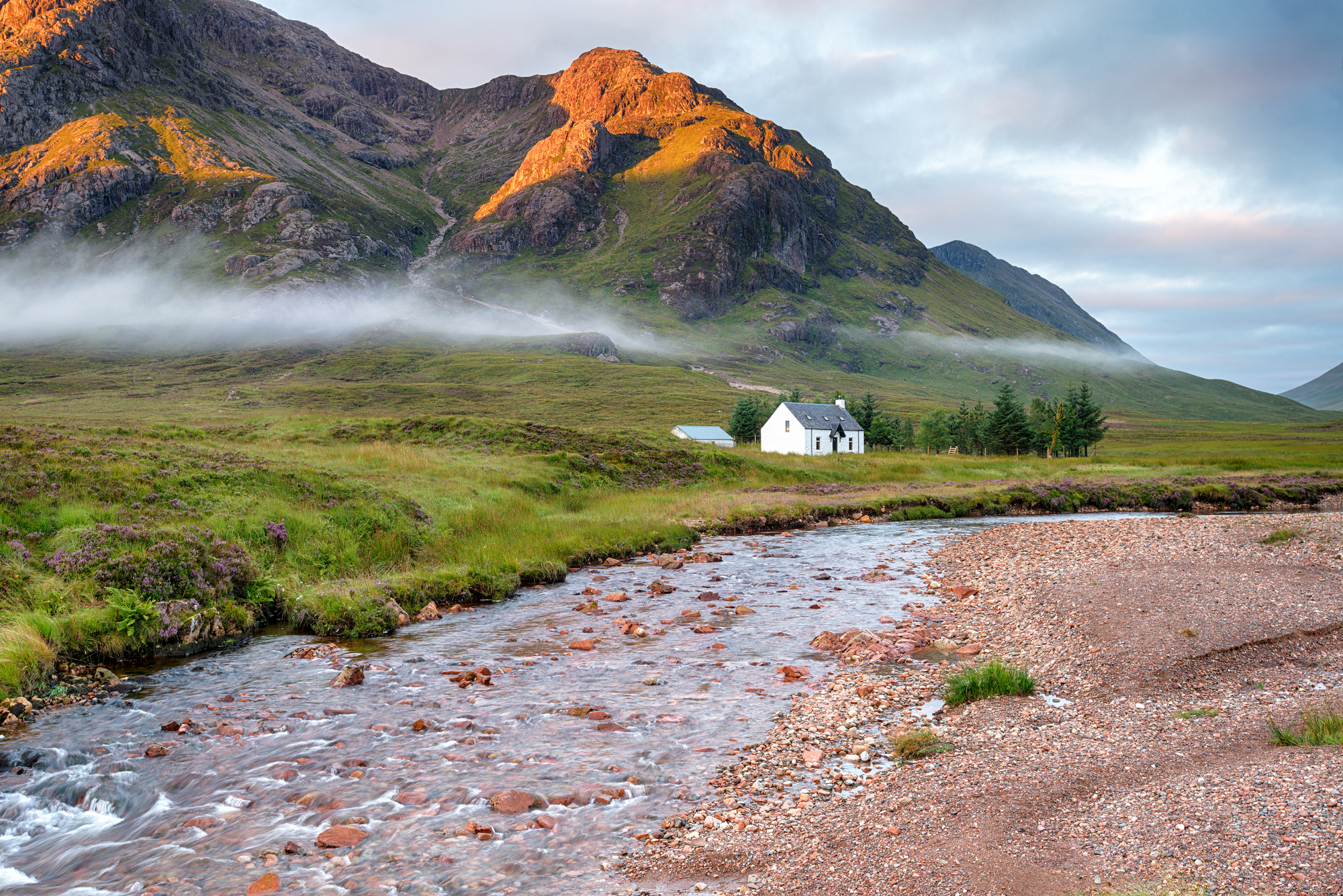
Scotland’s rugged highlands and ancient forests shelter diverse owl populations that hunt across moorlands, glens, and woodland edges. Tawny Owls call from pine forests while Short-eared Owls patrol heather moorlands in broad daylight.
The region’s long summer evenings extend prime viewing times, and local wildlife guides know traditional roosting sites passed down through generations of owl-watchers.
Everglades National Park, Florida

America’s wetland wilderness hosts Barred Owls that thrive in the park’s cypress swamps and hardwood hammocks. These distinctive brown and white striped owls are surprisingly vocal, often calling during daylight hours with their famous ‘who-cooks-for-you’ hoots.
Anhinga Trail and other boardwalk systems provide access to prime habitat where these owls hunt fish, frogs, and crayfish from low perches over water.
Like Travel Pug’s content? Follow us on MSN.
Central Valley, California
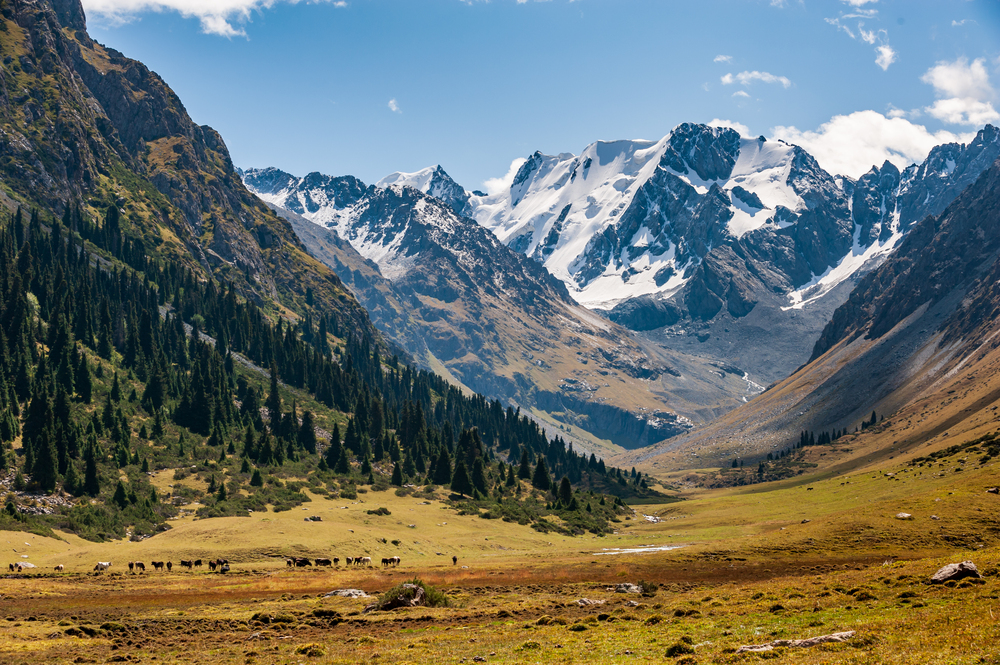
California’s agricultural heartland provides critical habitat for one of North America’s most adaptable owl species. Barn Owls thrive in the valley’s mix of farmland, orchards, and grasslands, hunting rodents that flourish in agricultural settings.
Old barns, grain silos, and abandoned buildings provide nesting sites, while irrigation ditches and field edges create perfect hunting corridors for these efficient pest controllers.
Boreal Forests, Northern Minnesota
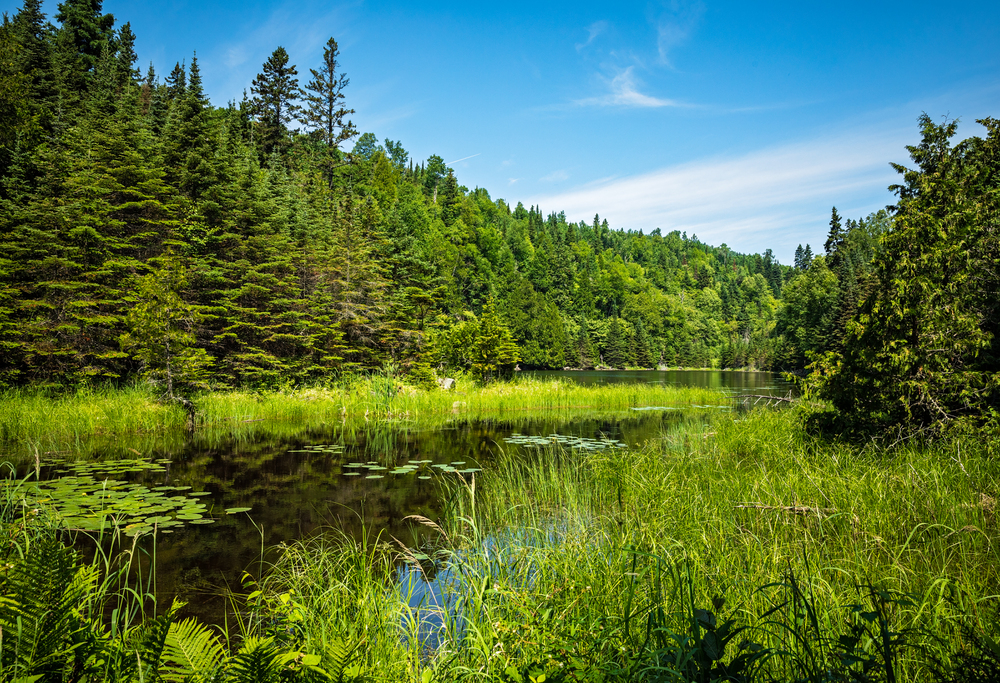
The state’s northern wilderness showcases Great Gray Owls in their preferred habitat of dense coniferous forests interspersed with openings and meadows. These ghostly owls hunt from low perches in forest clearings, using their exceptional hearing to locate voles beneath snow and vegetation.
The Sax-Zim Bog area has gained international recognition for reliable Great Gray Owl sightings during the winter months.
Lapland, Northern Finland
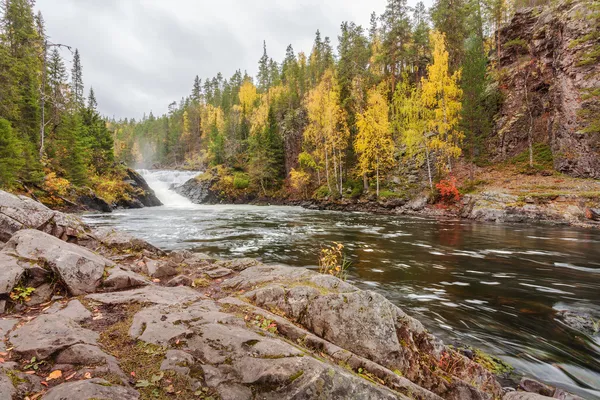
Europe’s Arctic wilderness offers encounters with Great Gray Owls and other northern species in stunning sub-Arctic landscapes. These owls hunt during the region’s bright summer nights when prey activity peaks in the endless daylight.
Local guides provide access to traditional territories where these magnificent owls nest in abandoned raptor nests and hunt across vast bog systems and sparse forests.
Like Travel Pug’s content? Follow us on MSN.
Kakadu National Park, Australia
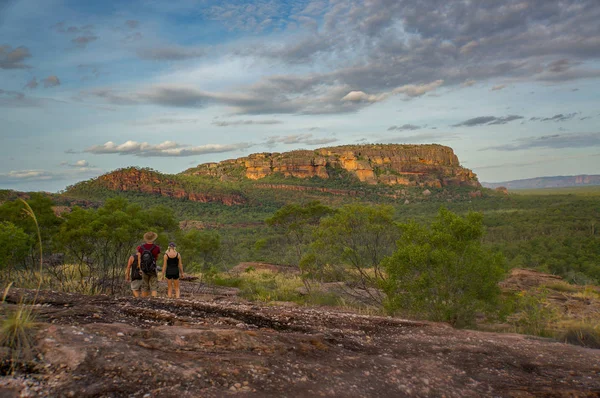
Australia’s tropical north showcases unique owl species found nowhere else on Earth in diverse wetland and woodland habitats. Powerful Owls, Australia’s largest owl species, hunt possums and gliders in eucalyptus forests while Barking Owls call from woodland edges.
The park’s cultural significance to Aboriginal peoples includes traditional knowledge about owl behavior and ecological relationships spanning thousands of years.
Monteverde Cloud Forest, Costa Rica
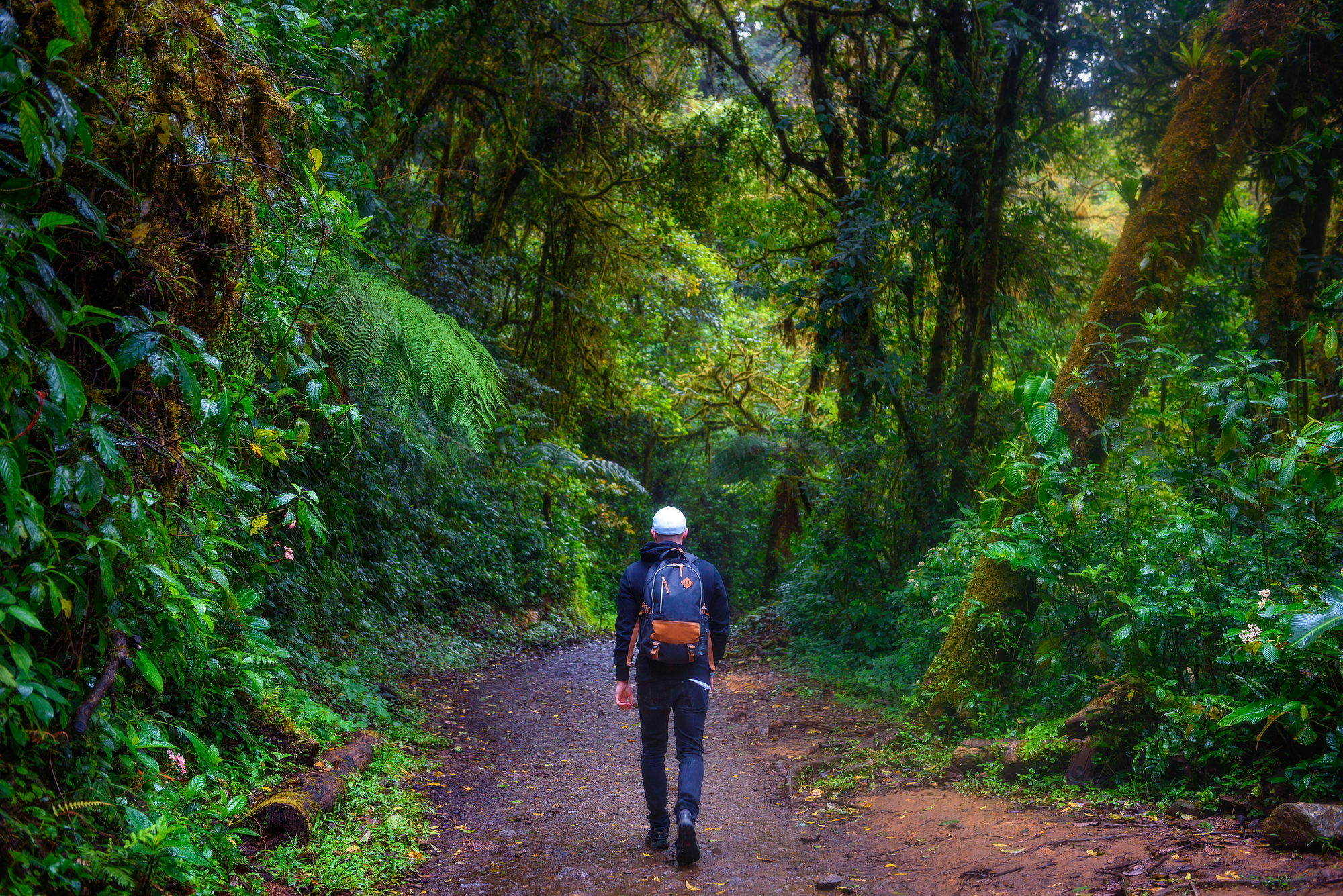
Central America’s mystical cloud forests harbor diverse tropical owl species that thrive in this unique high-altitude ecosystem. Spectacled Owls hunt from the forest canopy while smaller species like Ferruginous Pygmy-Owls call from dense understory vegetation.
Night walks with experienced guides reveal the incredible diversity of owls adapted to different forest levels, from ground-dwelling species to canopy specialists.
Western Ghats, India
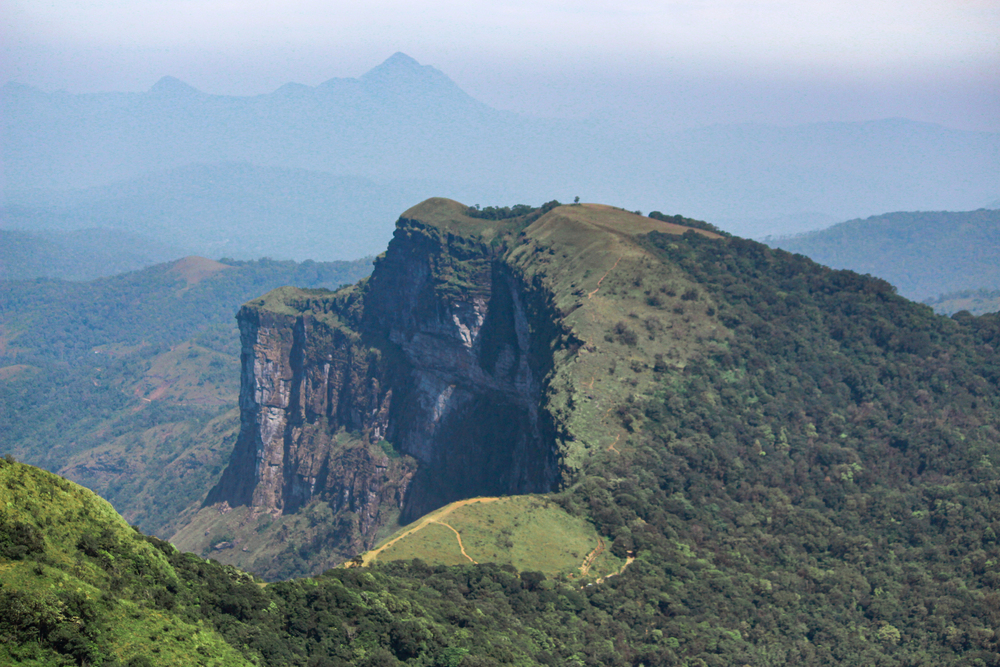
India’s biodiversity hotspot mountains support endemic owl species found nowhere else in Asia across diverse elevation zones. Brown Fish Owls hunt along mountain streams while Forest Owlets, once thought extinct, inhabit isolated forest patches in these ancient mountains.
The region’s complex topography creates multiple microhabitats that support different owl communities from tropical valleys to temperate mountain forests.
Like Travel Pug’s content? Follow us on MSN.
Silent Guardians of Tomorrow
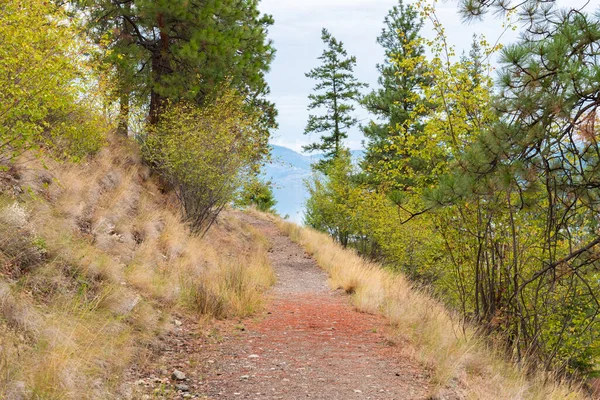
These owl-watching destinations remind us that conservation success stories happen when communities value wildlife and protect critical habitats. Many owl populations that faced severe declines in the mid-20th century have recovered through targeted conservation efforts and habitat restoration projects.
The next generation of nature lovers discovering owls at these destinations will become the stewards who ensure these magnificent birds continue their ancient nocturnal hunts. Today’s owl-watching adventures plant seeds for tomorrow’s conservation champions, proving that wonder and education remain our most powerful tools for protecting wildlife.
More from Travel Pug

- 20 Best Beach Towns in the Carolinas
- 13 Destinations Where Tourists Regularly Regret Their Trip
- 20 Things You Actually Get in First Class
- 20 Small Airports With Aviation Museums
- 20 Places in the U.S. That Are Perfect for a Reset Trip
Like Travel Pug’s content? Follow us on MSN.
